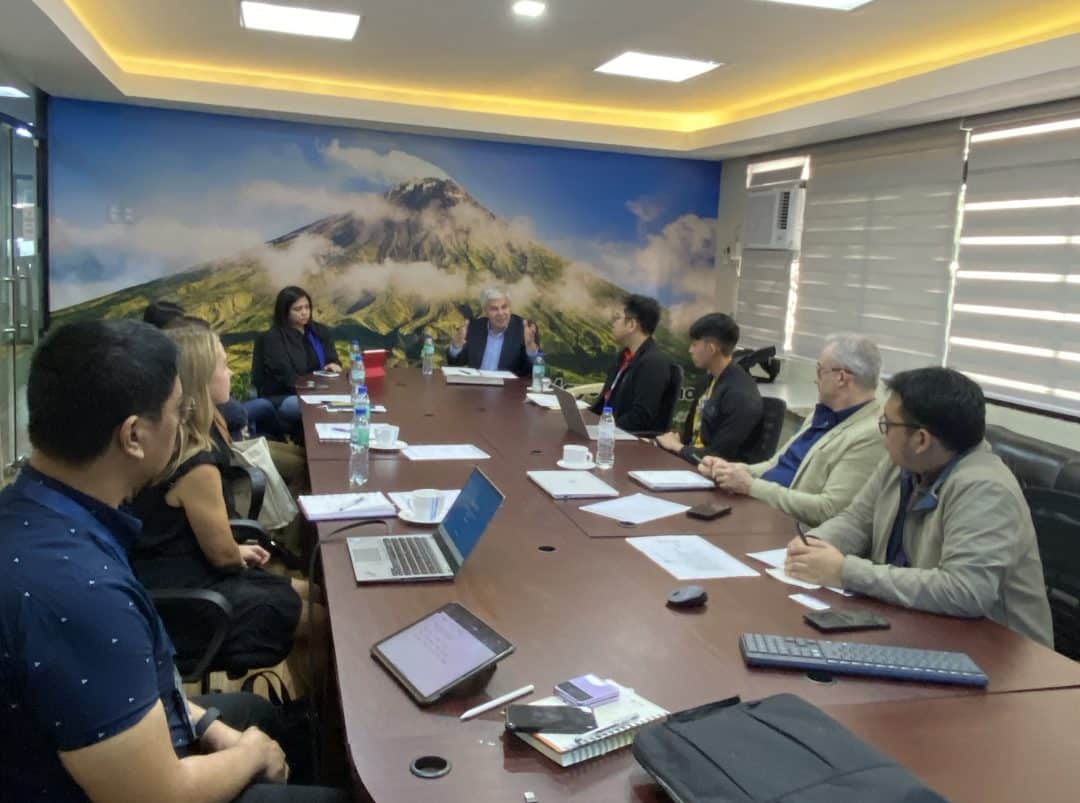Environmental Impact Assessment for Mining Projects in the Philippines
Since its establishment by the United Nations in 2009, Earth Day, observed on April 22nd, has been a reminder of our collective duty to protect the Earth and its ecosystems. This annual occasion serves as a global call to action, igniting conversations about environmental conservation and sustainability.
In the spirit of reflection and action around Earth Day, we are honored to spotlight Kathy Adams, an esteemed environmental and gender expert from Canada. Her work with TAP-EDM, particularly in the Philippines, serves as a testament to her dedication to protecting our planet’s natural resources and biodiversity.
Q: What initially inspired or motivated you to pursue a career in the environmental field?
Growing up in a rural community in Newfoundland, I always loved being outside in nature. We had a beautiful forest behind our house and the Atlantic Ocean in front – I think I was inspired to want to protect that!
Q: Who are you working with on the TAP initiative?
I am working with the Department of Environment and Natural Resources in the Philippines to review and provide policy recommendations to update their Environmental Impact Assessment policy in the mining sector. And I am very fortunate to be working with a fantastic national consultant who can provide contextual knowledge which I feel is critical when working in other countries.
Q: Can you elaborate on the specific vulnerabilities and challenges faced by mining projects in climate-vulnerable and protected areas in the Philippines, and how your work aims to address these issues?
The Philippines is an archipelago that comprises around 7,640 islands. The country is rich in minerals, some of which are critical for the global transition to renewable energy. It is also one of 18 mega biodiverse countries in the world containing about two-thirds of the earth’s biodiversity! And the country is also highly prone to disasters caused by natural disasters (e.g., typhoons, landslides) and exacerbated by climate change. Mining involves major earthworks, which means clearing vegetation and altering the landscape which can contribute to changes in the ecosystem and its services, it also results in changes to the social, cultural, and economics of the area.
As part of the TAP-EDM project, we are seeking international best practices to assessing, mitigating, managing and monitoring the risks and impacts, applying the mitigation hierarchy and aiming to enhance positive impacts. This work involves making policy recommendations via collaborative engagement and participation and co-development so that there is buy-in and uptake by those who will be implementing this Policy.
Q: What exactly is the Environmental Impact Assessment process, and how does it function in the context of your work in the Philippines?
In the Philippines, an environmental impact assessment is a “process that involves predicting and evaluating the likely impacts of a project (including cumulative impacts) on the environment during construction, operations and abandonment. It also includes designing appropriate preventive, mitigating and enhancement measures addressing these consequences to protect the environment and the community’s welfare.” In the context of the TAP-EDM project I am working on, providing recommendations to update the EIA policy in the mining sector is the central focus.
This involves understanding the current context, what’s working well and what is not, and the consideration of international best practices that can be applied. Several government agencies have come together under a “Special Order” to work on this project, so I am very grateful to have this broader group of government experts as well as a seasoned national consultant to put our heads together to flesh out improvements that are viable in this context.
Q: In what ways do you incorporate a gender-sensitive approach into your work, and why is it important to consider gender dynamics in environmental assessment and protection efforts?
According to the 2023 World Economic Forum’s Global Gender Gap Index report, the Philippines ranked 16th out of 146 countries, with women having higher economic participation and educational attainment than many of its peer countries. That said, women’s participation in the mining sector remains low, and many of the jobs women do occupy in the sector are administrative and service-oriented.
Incorporating a gender-sensitive approach to this work involves having frank conversations with various government agencies about these issues, raising awareness and seeking international best practices that can be incorporated into the EIA process. For example, moving from seeking information on the number of women and men employed in the project to understanding the types of jobs women and men occupy, the policies and procedures employed by the mining proponent to ensure gender equality and the opportunity to engage and participate in the decision-making process, and the collection of gender-disaggregated data. This approach of broadening the gender lens and including diverse perspectives when making decisions can positively influence environmental protection efforts.
Q: What are your hopes in terms of impact for this project?
My hope is, through a co-development approach, to be able to better adapt international best practices to the national context. I also hope to help equip those who are reviewing and advising on the approval and monitoring of mining projects in the country, with additional skills and knowledge to make informed decisions. Ultimately, this could result in the protection of the environment and people while enabling economic development through mining.
Q: As we celebrate Earth Day, what message would you like to convey to people around the world about the importance of environmental protection and conservation efforts?
The Earth provides so much for us, it sustains us from the food we eat to the water we drink. We only have one Earth, and we need to protect it for future generations! Each of us can contribute to environmental protection and conservation in some way, big or small. Take a minute to reflect on the environment you live in and all that it provides. And get outside into nature!
Check here for more information on the « Environmental Impact Assessment for Mining Projects in the Philippines »

